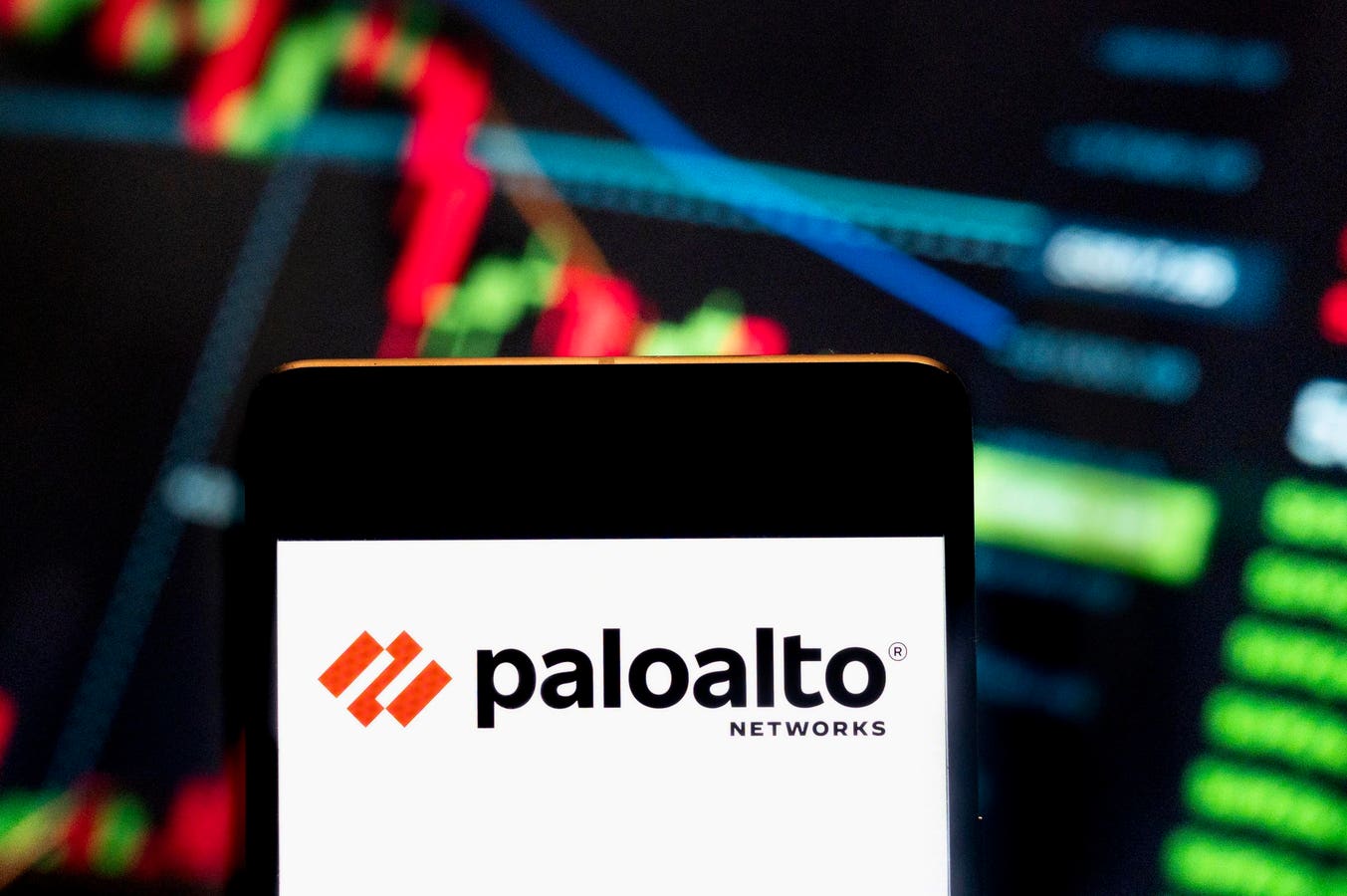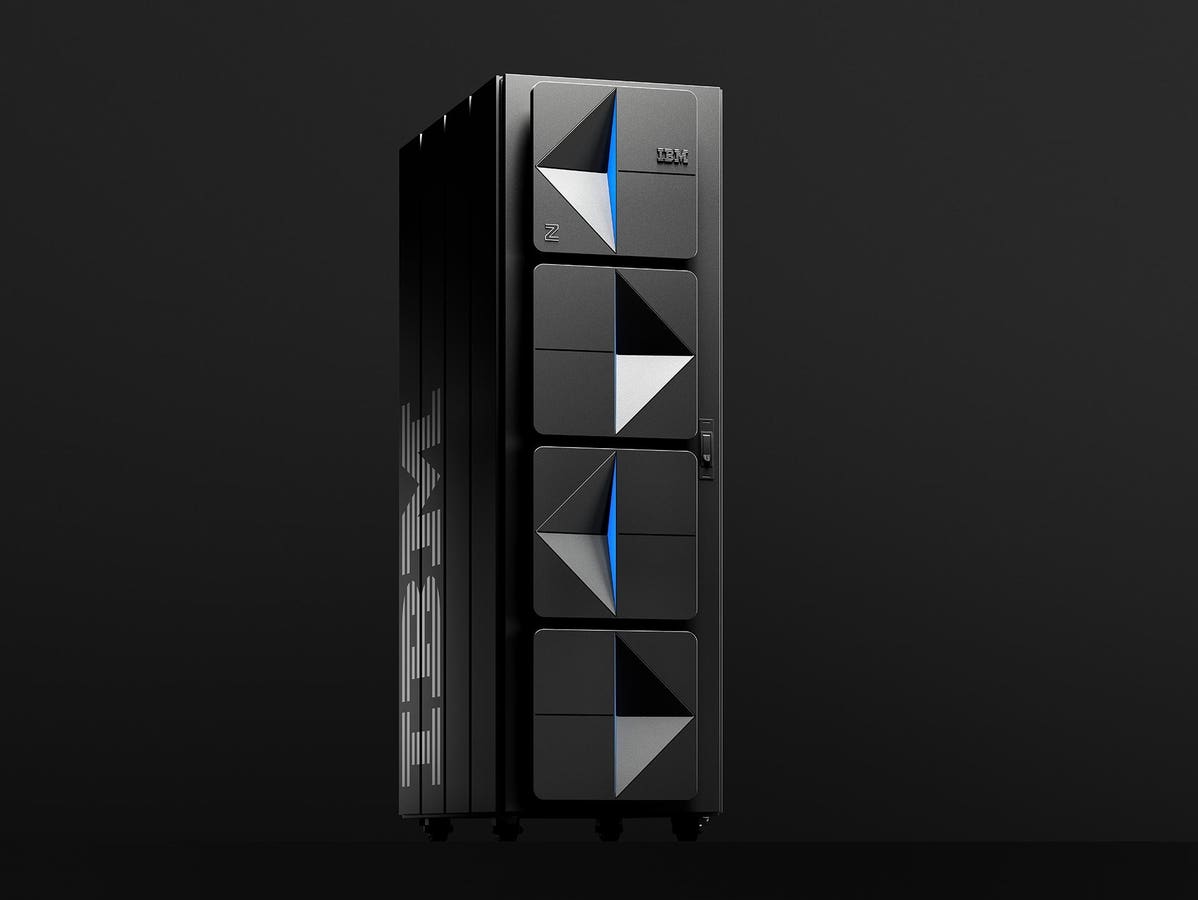Palo Alto Networks
SOPA Images/LightRocket via Getty Images
Every enterprise’s most sensitive data and critical systems are just one stolen password away from catastrophe. With about 88% of cyber breaches now originating from credential theft, the traditional approach to cybersecurity has proven inadequate for protecting modern enterprises.
Palo Alto Networks’ $25 billion planned acquisition of CyberArk is a fundamental shift in how enterprises approach security architecture in an era where artificial intelligence agents, automated systems, and human users all require sophisticated identity management.
For executives overseeing digital transformation initiatives, it’s a deal illuminating both the scale of the identity security challenge and the strategic imperative to address it comprehensively.
Understanding the Technology Transformation
CyberArk brings to Palo Alto a specialized capability that has become mission-critical: privileged access management. Unlike standard identity management systems, which handle everyday user logins, PAM focuses on the highest-risk accounts within an organization. These include administrator credentials, service accounts, and the digital keys that allow applications to communicate with each other.
The technical architecture operates on a zero-trust principle, storing all privileged credentials in secure digital vaults and releasing them only momentarily to verified users or systems. Every access attempt undergoes real-time verification, with all activities logged in tamper-proof records. After use, credentials automatically rotate, ensuring that even if intercepted, they become immediately useless to attackers.
This capability becomes exponentially more valuable as organizations deploy artificial intelligence agents and autonomous systems. Consider an AI agent tasked with processing financial transactions across multiple systems. Each interaction requires authenticated access, creating a complex web of digital identities that traditional security approaches cannot adequately protect. CyberArk’s platform provides the infrastructure to manage these machine identities at scale while maintaining security integrity.
The Platformization Imperative
This acquisition is the logical evolution of Palo Alto’s platformization strategy, which has driven over 14 acquisitions since 2019. The company has systematically consolidated point security solutions into integrated platforms, recognizing that modern threats exploit the gaps between disconnected security tools.
Palo Alto’s approach mirrors the historical evolution of network security, where standalone firewalls, intrusion prevention systems, and VPNs merged into unified next-generation firewalls.
Nikesh Arora, CEO of Palo Alto Networks, articulated this vision clearly in discussing the deal: “Long term, a billion-dollar revenue company should not be public. They should be part of a bigger entity that allows for the leverage and scale required to create large amounts of cash flow and a high market cap.” This philosophy has guided Palo Alto’s transformation from a firewall vendor to a comprehensive security platform provider.
Palo Alto’s platformization strategy delivers three critical advantages:
- Superior threat detection, with the correlation of data across multiple security domains. When identity, network, and cloud security operate in silos, attackers exploit the blind spots between them. An integrated platform eliminates these gaps.
- Reduced operational complexity for security teams drowning in alerts from dozens of disparate tools.
- New economic efficiencies through bundled pricing and reduced integration costs.
CyberArk’s addition to the platform fills the last significant capability gap in Palo Alto’s portfolio. While the company has successfully integrated cloud security, zero trust access, and threat intelligence capabilities, identity security remained a critical missing piece.
This acquisition completes the platform vision, enabling Palo Alto to address the entire attack surface through a unified architecture.
Benefits for Enterprise Customers
The acquisition addresses several business challenges facing modern enterprises. This includes consolidating security vendors at a time when organizations struggle to manage dozens of disparate security tools.
The deal also enables Palo Alto to offer privileged access management at price points previously reserved for standard identity management solutions. Historically, PAM’s high cost limited its deployment to only the most critical systems.
By integrating PAM capabilities into its broader platform, Palo Alto promises to democratize access to enterprise-grade identity security, allowing organizations to protect all privileged accounts, rather than just a select few.
Finally, the combined platform will enable enterprises to secure emerging AI workloads. As organizations deploy autonomous agents for everything from customer service to supply chain optimization, each agent requires secure identity management.
This convergence of network security and identity management creates a unified defense against attacks that exploit the seams between different security domains.
Competitive Dynamics and Market Reality
Palo Alto Networks’ acquisition of CyberArk is the latest step in an ongoing transformation of the hyper-competitive cybersecurity market. Following Google’s $32 billion acquisition of Wiz, the CyberArk deal confirms that the era of standalone security vendors is coming to an end. The market is consolidating around comprehensive platforms that can address security holistically rather than through point solutions.
For Palo Alto, the acquisition transforms its market position from network security leader to comprehensive security platform provider. The combined entity will generate over $8 billion in annual revenue, creating the scale necessary to compete effectively against both established players, such as Microsoft, and emerging cloud-native vendors.
The market’s initial skepticism, reflected in an immediate 14% decline in Palo Alto’s stock price, stems from legitimate concerns about the execution of the deal. Integrating a $1 billion revenue company is a significant departure from Palo Alto’s historical pattern of smaller acquisitions. Critics, including competitors like Wiz, have characterized Palo Alto’s platform as a “Frankenstein mashup” of acquired technologies that prove difficult to deploy and operate.
However, this criticism misses the strategic imperative driving consolidation. Enterprises require unified security platforms that can correlate threats across domains, encompassing network traffic, user behavior, and application interactions. Point solutions, despite their excellence, cannot provide the comprehensive visibility necessary to defend against sophisticated attacks.
Palo Alto’s platformization approach transforms these individual components into a cohesive defense system that exceeds the sum of its parts.
Financial Analysis and Valuation Considerations
The $25 billion price tag, representing a 29% premium to CyberArk’s pre-announcement value, reflects both the strategic value of identity security and the competitive dynamics of the acquisition market. CyberArk’s 46% revenue growth in the most recent quarter, compared to Palo Alto’s 15%, highlights a key moment in the identity security market.
From a financial engineering perspective, the deal structure, which combines $45 in cash per share with 2.2005 Palo Alto shares, provides CyberArk shareholders with immediate liquidity while maintaining upside exposure to the combined entity’s success. For Palo Alto, the acquisition accelerates entry into a high-growth market segment that would have taken years to build organically.
The integration costs and revenue disruption during the transition period will pressure near-term financial performance. However, the strategic value of establishing leadership in identity security before competitors can respond justifies the premium valuation. As Nikesh Arora noted, entering markets at their inflection point is central to Palo Alto’s strategy.
Analyst’s Take
This acquisition will force a response from across the cybersecurity industry. Standalone identity vendors, like Okta, face immediate pressure to find strategic partners or risk marginalization. Traditional security vendors must accelerate their identity security capabilities or risk losing enterprise customers seeking integrated platforms.
For enterprise buyers, the consolidation trend offers both opportunities and risks. Integrated platforms promise simplified vendor management, better security outcomes, and potentially lower total costs.
The convergence of network and identity security is just the beginning of a broader transformation. As enterprises deploy increasing numbers of AI agents, IoT devices, and autonomous systems, the definition of identity itself will expand.
Organizations that establish comprehensive identity security architectures today will find themselves better positioned to capitalize on AI-driven innovation while managing associated risks.
The future belongs to those who can secure every identity, human or machine, across their entire digital estate through unified, intelligent platforms that transform security from a collection of tools into a strategic capability. That’s foundational to how Palo Alto views this market, and lies at the heart of its platformization strategy.
While Wall Street has some valid short-term anxiety over the move, the acquisition ultimately leaves Palo Alto Networks stronger and well-positioned for long-term growth. It’s a strong move for the company.
Disclosure: Steve McDowell is an industry analyst, and NAND Research is an industry analyst firm, that engages in, or has engaged in, research, analysis and advisory services with many technology companies, but has no business relationship or financial interest with any company mentioned in this article. No company mentioned was involved in the writing of this article.








